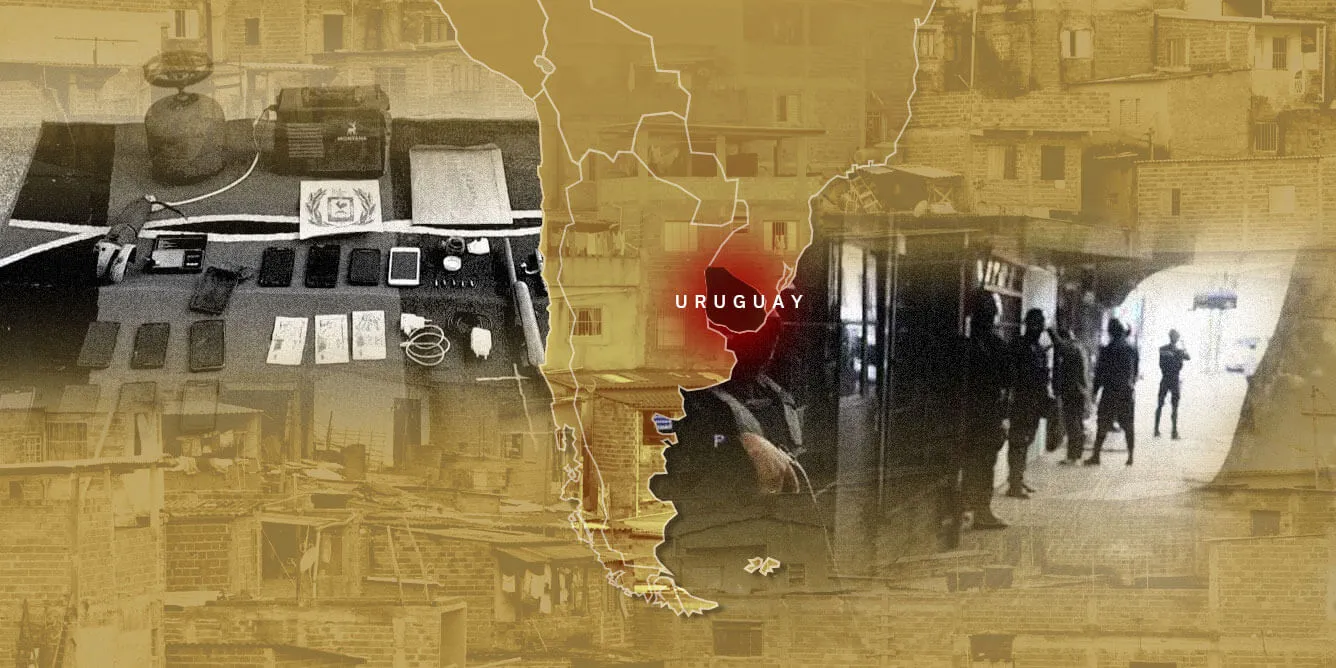Praised for its calm and high living standards, Montevideo now faces rising crime. Gang fights over drug territory drive this increase.
Villa Española and Peñarol, two neighborhoods, are now conflict centers of the Uruguayan capital.
This shift alarms many, as Uruguay is known for safety. The Global Peace Index shows it as the second safest in its region, following Costa Rica.
Last November, officials found a body in Peñarol. They linked this to more murders, including a dismembered woman found in a sewer.
Villa Española sees more drug shootouts. Traffickers have set a night curfew, fearing residents might get hurt.
The Pibitos and Albín gangs are the main culprits, fighting for drug control.

To tackle Montevideo’s violence, a major police operation took place. President Luis Lacalle Pou highlighted a new strategy against this crime wave.
He stressed the need for more efforts against drug trafficking. The Interior Ministry is now tackling these issues.
Insight Crime’s research predicts a homicide record in Uruguay, mainly from gang disputes.
Government figures show a rise in murders, from 283 in 2017 to 420 the next year. Though numbers dropped to 300 in 2021, they rose again.
Búsqueda’s investigation points to three families causing most Peñarol violence. Mauro Segales, of one family, was arrested for a murder.
In Villa Española, three families lead most violence.
Despite identifying these gangs, police say 45 family clans fuel Montevideo’s violence. They deal drugs and smuggle them into Uruguay.
Additionally, a report shows Uruguay’s prison population has tripled in two decades. This overcrowding and violence in jails link directly to the crime increase.

